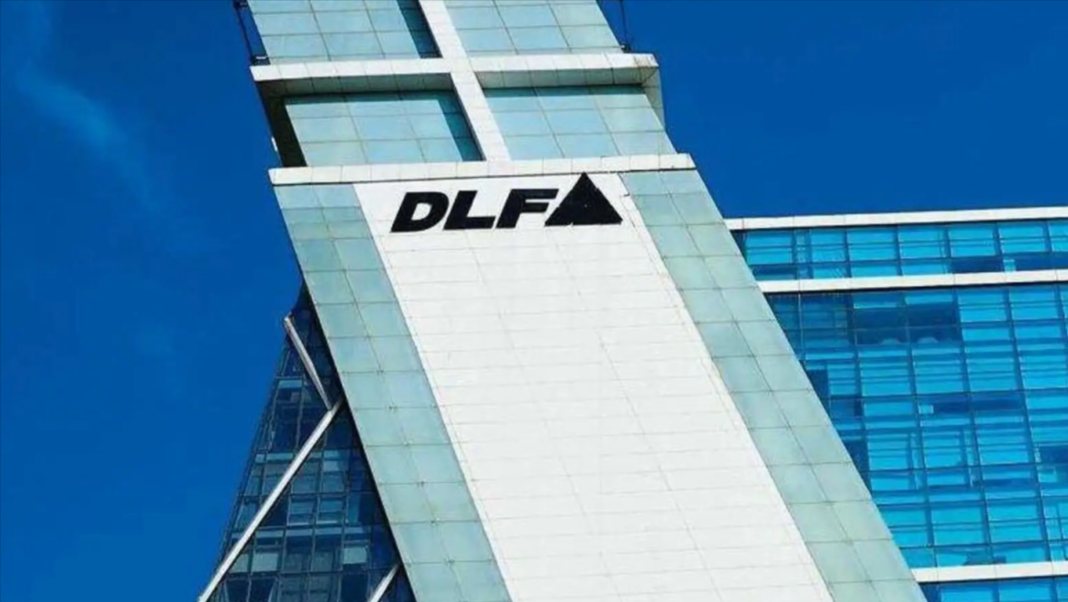DLF Limited is engaged in the business of real estate, being the largest real estate firmin the country and with more than 150 subsidiaries. It has a variety of retail buildings, office buildings, hotels, commercial complexes, luxury, and middle-class residential buildings, leisure facilities, and golf courses. As a multifaceted business, DLF Ltd. manages all steps of real estate development, from finding and acquiring land to planning, carrying out, and marketing projects.
The company not only produces power but also offers life insurance, leisure, and recreation facilities, and building supplies.For life insurance, the company established joint ventures in 2007 with US-based Prudential Financial Inc. They were also noticeable on the stock market.The DLF Limited share price at the time of writing the article is Rs. 388.75, and its market capitalisation stands at Rs. 96,128.74 crore.Highlights of Q4FY22 results declared by DLF Limited are:
- The company reported a revenue of Rs. 6138 crore.
- Around Rs.1,513 crorewas recorded as net profit, up 38% year over year.
- Office occupancy is up by 88%.
- Consolidated Revenue was Rs. 1,652 crore, down 5% year over year.
- Due to decreased other income compared to the previous period, EBITDA amounted to Rs. 472 crore, showing a YoY decline of 23%.
- At Rs. 414 crore, net profit represents an 8% YoY decline.
However, In the current market turbulence, DLF has performed relatively better than average. Its price distribution pattern has a noticeable accumulating trend. The range of daily stock returns is primarily between 2% and 3%.Despite the volatility, there are more positive counts than negative counts, which is a good indicator.
The stock’s 60-day volatility has almost reached comparable to its 30-day volatility, indicating stability and limited negatives. While momentum is expected to be there, upward movement in stock is anticipated.Let us now bring our attention to the strengths and opportunities that the company has:
- The company has been utilising its capital profitably and has thus seen RoCE improve during the past two years.
- The company’s effective use of shareholders’ funds has led to an improvement in return on equity over the past two years.
- Effective asset management by the company has produced profits that have increased ROA over the past two years.
- RSI, or relative strength index, indicates price strength.
However, despite all the positive aspects, the company has a few weaknesses that are:
- The company encountered a decline in revenue every quarter for the last three quarters.
- Additionally, the company has not been able to generate enough net cash leading to a decline in net cash flow.
- Furthermore, the company has been entangled in legal and regulatory issues, which portrays it negatively.
Conclusion
Before planning to invest in DLF share price, an investor should consider all the above-given points and make a relative comparison with the peer group.















